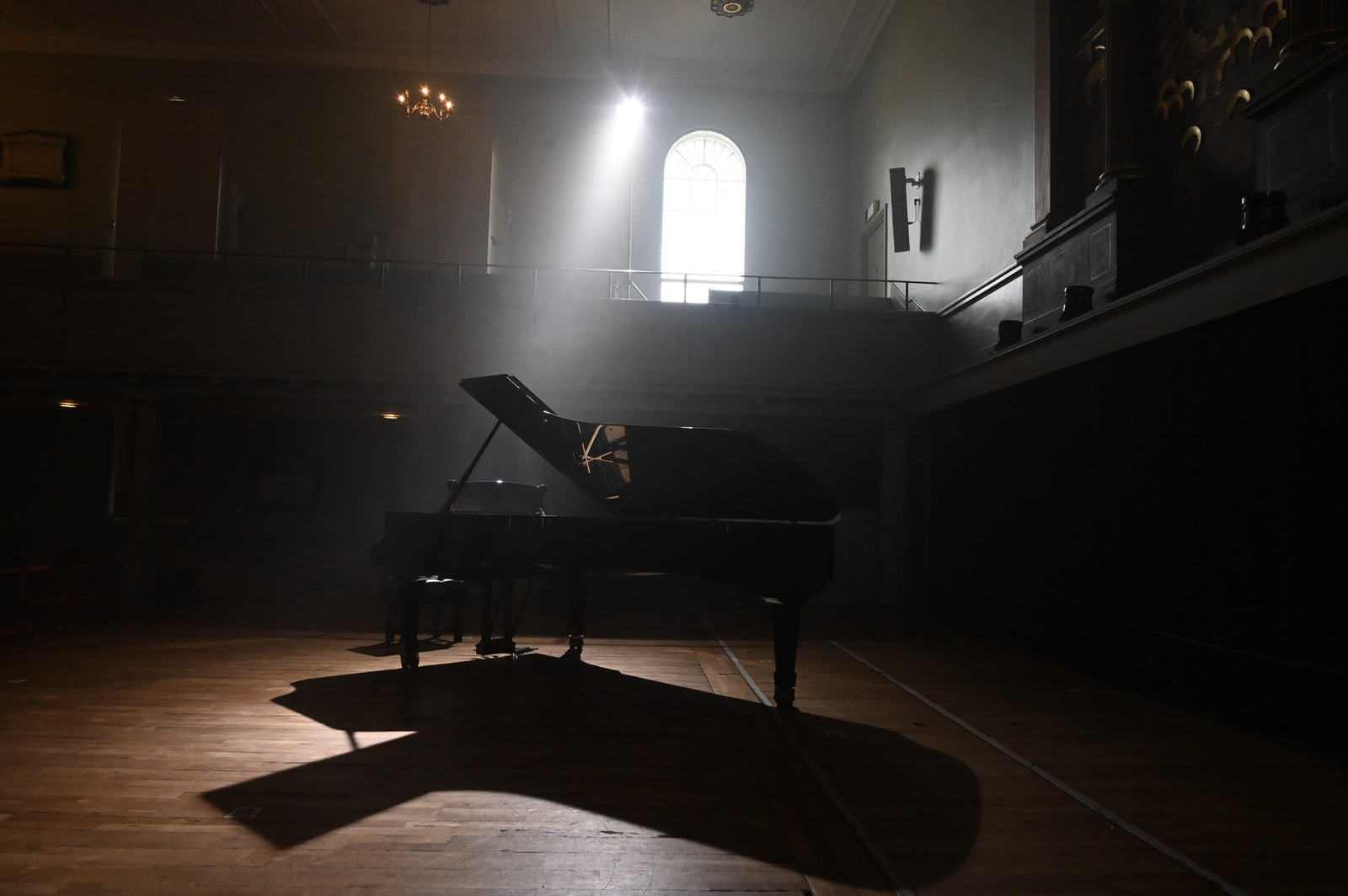Your Cart is Empty
Available in the USA, UK, EU, Japan and Singapore | International Shipping Available
Choosing the grand piano size that is right can be a challenging task. There are many factors to consider and it's important not to rush into making a decision or purchase without considering all of them. What's important is that there are actually several different classes of grand pianos!
Here are some common types of grand pianos including a concert grand and baby grand piano.
Baby grand pianos - these grand pianos are the smallest of all types, measuring about five feet in length.
Medium Grand Pianos - the average size of this type of piano is about 5 to 6 feet long.
Semi Concert Grand - sometimes known as a ballroom grand, with a length of between six feet eleven inches and seven feet eight inches.
Parlor Grand Piano - can vary from six to seven feet long, and is perfect for compact spaces such as an apartment or a flat.
Concert Grand Piano – it can be eight or nine feet long and has a range of seven and a half octaves
The following are some factors to consider before deciding on a grand piano.
1) How much space is available for the grand piano?
2) What type of music will be played on the grand piano?
3) Will the grand piano be used for recording or performance purposes?
4) Is an acoustic grand piano or an electric grand piano required?
Once these questions are answered, refer to a suitable size chart for grand pianos. Then would you be able to find a suitable grand piano keyboard cover.
A size chart is a guide to help one choose the right grand piano for one's needs. It will take into account the length and width of the surroundings, the height of the ceilings, the space available and the type of music to be played. It also includes acoustic and electric grand pianos.
When considering a grand piano, be sure to measure the length from front to back, followed by the height. The height is determined by measuring vertically from floor to ceiling (for example if there's nine feet between these two points) and subtracting any existing furniture measurements like sofas, china cabinets, entertainment centres and fireplaces. Then add one foot for every octave that is required beyond five octaves. For example, a seven-foot grand piano with six octaves will require seven feet minus heights of whatever exists plus one foot.
The right grand piano scale will also depend on any existing furniture that is found in the room where it will be placed. For example, if there's already an open fireplace, then it's best to go with a grand piano size that will not obstruct its view. Other things to consider include the space available in the room and the number of people that can be seated there when playing an instrument or singing along while others watch from other areas of the home such as couches and chairs.
When choosing a grand piano size, it's important to consider all factors. One should not rush into making a decision or purchase without considering each of these points. This will help ensure that the grand piano fits comfortably in the home, without obstructing any existing furniture or views.
